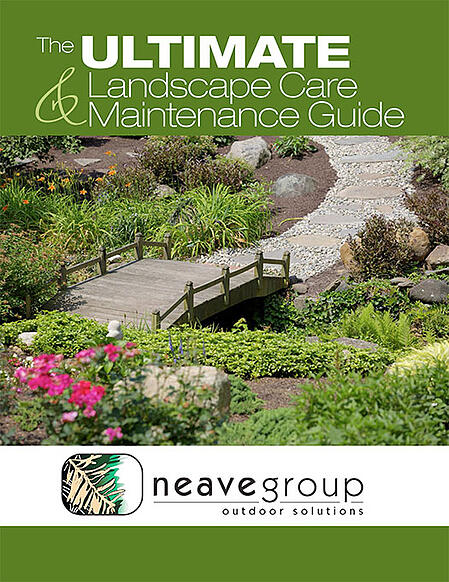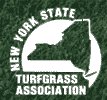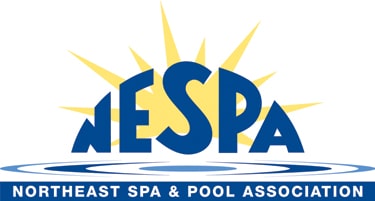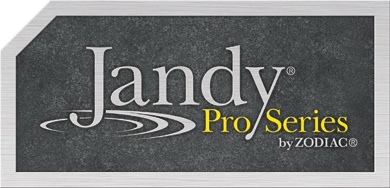We know — you’re feeling sort of done with lawn care.
Summer’s over, you’ve finally put socks on, and those carefree barefoot in the green grass days are already a fading memory.
But your lawn still needs you. It’s hungry.
Don’t neglect your lawn’s fall feeding. It’s more important than you think.
Let’s talk about the benefits of fertilizing your lawn in the fall.
Why Fall Is Great For Fertilizing
You might think of early spring when you think of fertilizer, but experts say if you only do it once a year, early fall is the best time to feed your lawn.
During the cool season of autumn, it’s a great time to get your lawn ready to be green and healthy in the spring growing season.
As the weather gets cooler, your grass grows more slowly, but there’s plenty of action beneath the ground. The roots are growing quickly. That means they’re hungry.
Fertilize in the fall and you give those strong roots nutrients to grow nice and deep now, with some left over for a healthy start next spring.
What Type Of Fall Lawn Fertilizer To Use
Bare with us while we do a quick numbers lesson.
You’ve likely seen the three-number fertilizer formula. The common 5-10-5, for instance.
The first number represents nitrogen, which promotes lawn blade and foliage growth; the second number stands for phosphorus, which helps root growth; and the third for potassium, which promotes cell function and absorption of trace elements.
For this important fall feeding, apply a fertilizer with a formula of 13-25-12. The push of phosphorus will stimulate root growth through November and even into early December.
By helping the root system grow before winter sets in, you help ensure that the lawn will green up quicker in the spring and become more resistant to disease and drought.
Always follow the manufacturer’s recommended rate of application.
When Should I Do Fall Lawn Fertilization In New York?
You need to be a bit of a weather forecaster — or at least keep your eye on the forecast.
You should apply fall lawn fertilizer two to three weeks before the ground freezes. In general, here in the Northeast, shoot for mid-October.
Does the time of day matter? It does.
Try for morning or early evening. Fall fertilizer likes to keep things cool.
Should I Water The Lawn Before Or After Fertilizing?
Both.
A day or two before applying fertilizer, water your lawn thoroughly. Wait until the grass is dry, then apply the fertilizer.
Then, lightly water again. This second watering washes fertilizer off the grass blades and into the soil.
Expecting rain? You can time your fertilizer application between rainfalls to let the rain wash fertilizer into soil, as long as you’re not expecting a real downpour. You don’t want all that great fertilizer just washing away.
Should I Mow Before Or After Fertilizing?
The best plan is to apply fertilizer after the lawn has been mowed so it has a few days to absorb the fertilizer.
Leave The Fall Fertilizing To Neave
Neave lawn care service experts know all about fall fertilizing. And everything else your lawn needs: overseeding, aeration, organic lawn care, weed control, pest control. We do it all.
Your relationship with Neave Lawn Care begins with a free lawn care industry analysis. We’ll take a walk around your property to get a sense of exactly what your lawn needs.
Give us a call.
If you’re in the Hudson Valley, call us at (845) 463-0592. If you’re in Westchester County, call (914) 271-7996; from Connecticut, dial (203) 212-4800. Or, fill out our contact form, and we’ll contact you about setting up your free consultation.






















